Let’s Talk About the “M” in FODMAP
The “M” in FODMAP stands for monosaccharide. This is consistent with the rest of the acronym, which uses the first letter of the carbohydrate group each FODMAP belongs to, rather than that of a particular monosaccharide, which in this case is fructose.
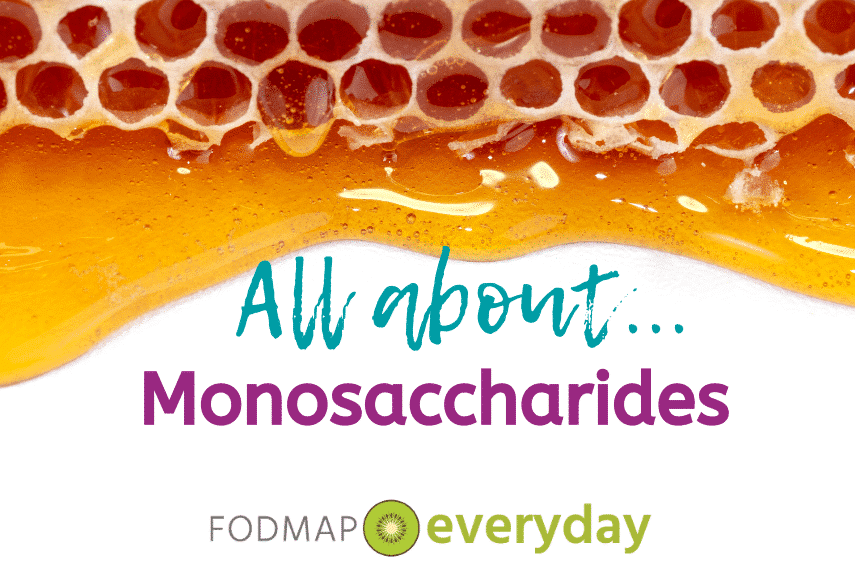

The Chemistry of the “M” in FODMAP
This article concerns only the monosaccharide form of fructose, as that is what is pertinent to our discussion of the “M” in FODMAP.
Fructose in food exists in four forms:
- As a monosaccharide (fructose)
- As part of a disaccharide (fructose + glucose = sucrose)
- As part of the oligosaccharide, fructan (3 to 10 fructose units)
- And as part of the polysaccharide, inulin (10 or more fructose units)
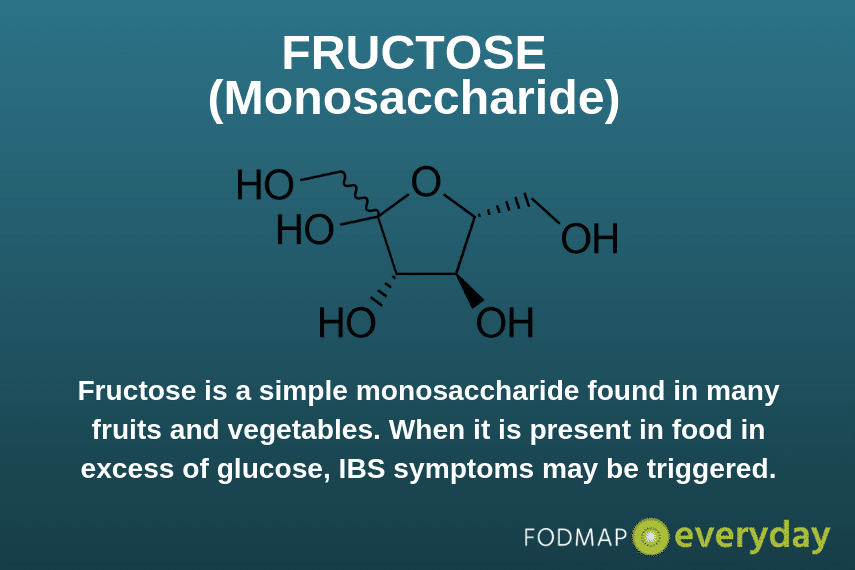
What Causes Fructose Malabsorption?
In order to understand how and why fructose may be malabsorbed, it’s important to first understand how it is absorbed.
Fructose absorption occurs in the small intestine via two pathways.
- The first involves the GLUT 2 transporter, which facilitates the uptake of fructose paired with an equal or greater amount of glucose.
- The second utilizes the GLUT 5 transporter, which has a slower action and more limited capacity than GLUT 2 but can handle fructose consumed in excess of glucose.
Everyone malabsorbs fructose if it is consumed in excessive amounts, but about one-third of the population has an extremely limited absorption capacity and are considered to have “fructose malabsorption.”

You May Want To Read: Understanding Fructose Intolerance, A Lesser Known Dietary Trigger
Fructose Malabsorption vs. Hereditary Fructose Intolerance
Fructose malabsorption, is not the same thing as hereditary fructose intolerance, which is a potentially serious condition that is diagnosed in infants when they begin consuming food or formula that contains fructose or sucrose.
Fructose & Gut Symptoms
As fructose moves through the small intestine and into the large intestine, it attracts water by a process called osmosis. This occurs whether fructose is absorbed or not, but it can lead to pain and motility problems (typically, diarrhea) for people who are more sensitive to the pressure this fluid exerts on the intestinal walls.
Fructose that is not absorbed in the small intestine enters the large intestine and is fermented by gut bacteria – a process that yields gas as a by-product. This gas further distends the bowel, causing additional pain, bloating, and altered bowel habits in susceptible individuals.
Testing for Fructose Malabsorption
Many digestive disease experts (including those who created the low FODMAP diet at Monash University) discourage the practice of using the hydrogen breath test to diagnose fructose malabsorption.
They cite research showing that it is not reproducible, i.e., you can get a positive result one day and a negative result soon after, and that fructose can contribute to symptoms whether or not a breath test is positive or negative.
A more reliable way to find out if fructose is a problem for you is to initiate a fructose-restricted diet followed by a “test-to-tolerance” protocol (like the Elimination and Challenge Phases of the low FODMAP diet).
Not only will this help you determine if you are sensitive to fructose, it will also provide information about how much of this sugar you can consume before uncomfortable symptoms arise.
Food Sources of Excess Fructose
Excess fructose is primarily found in sweet foods, such as fruit and honey, but certain vegetables also contain this sugar.
Thankfully, many foods from these categories contain a more balanced fructose-to-glucose ratio and can be safely consumed in FODMAP friendly portions.
The Monash University FODMAP Diet app offers extensive listings of high and low fructose foods and is a valuable tool for people following the low FODMAP diet.
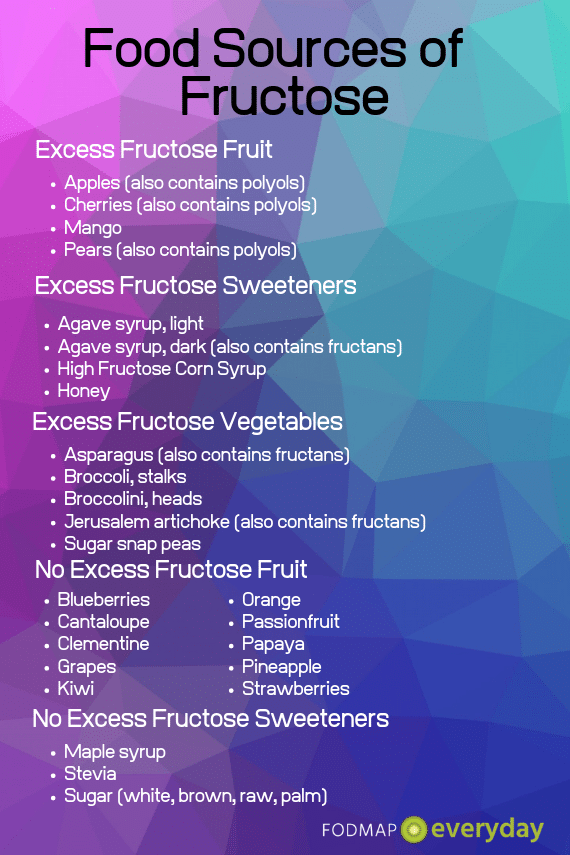
Bottom Line
Fructose malabsorption is a normal phenomenon; nonetheless, it can lead to significant symptoms for certain individuals. Because fructose is found in many healthy and enjoyable foods, attempting to eliminate this sugar from your diet altogether is not the best solution.
Rather than subjecting yourself to an unreliable hydrogen breath test for answers, you will get far more meaningful and comprehensive information about your tolerance level for fructose (and other potentially problematic foods) by trying a FODMAP Elimination/Challenge protocol.
Be sure to read all of the other articles in this series!
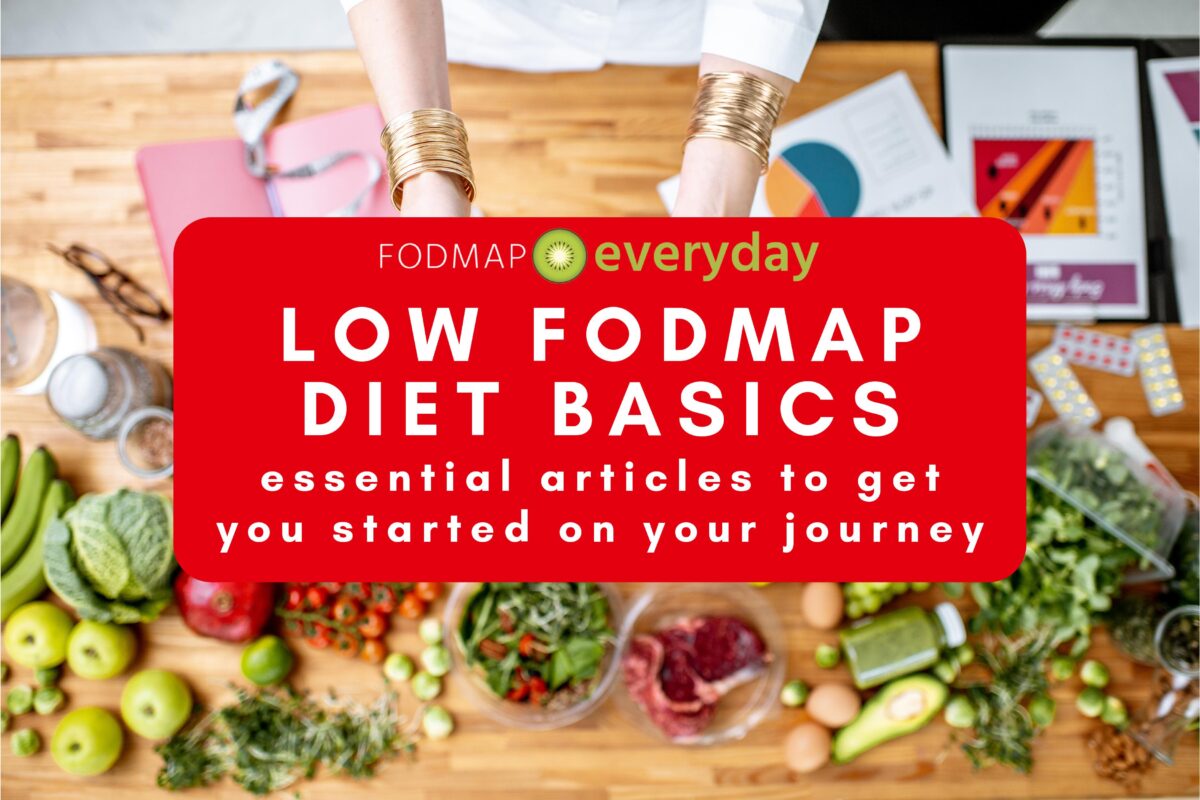
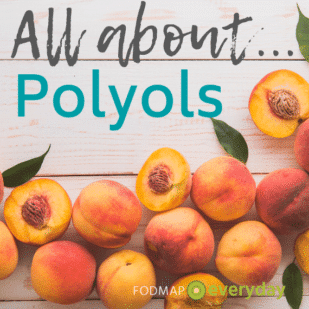
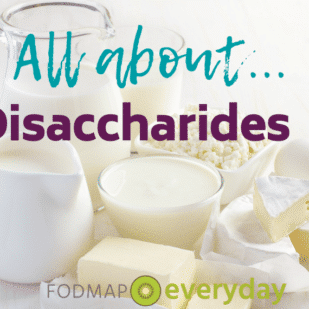






I wanted to share a fructose mistake I was making when I started the FODMAPs diet. I found my chewable vitamin C to be a “hidden” source of fructose. Eliminating that from my supplement regimen made a tremendous difference in the way I feel!
Deane, what a great tip! Thank you. And great that you figured this out. FODMAPs lurk!